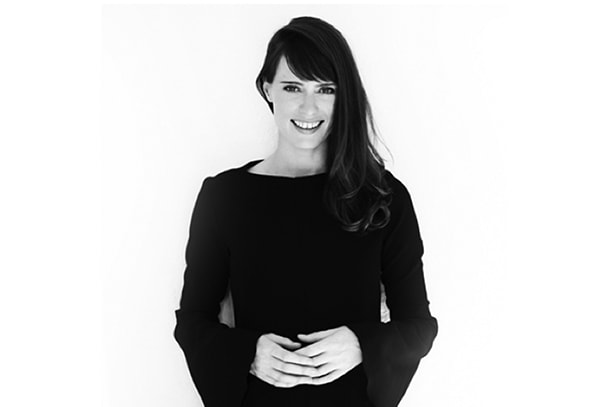The Victorian Architecture Awards 2018 wrap: Communications Collective's Genevieve Brannigan
Following the announcement of all the award winners during Friday night's Victorian Architecture Awards dinner, Urban.com.au concludes series: The Road to the Victorian Architecture Awards.
Today we speak to Genevieve Brannigan, Director of Communications Collective, to explore the importance of communications in architecture and design.
Throughout her career, Genevieve has worked with a number of leading architects and design practices, advising them on good communications strategies. Here she shares her insights on why communications and architecture are inextricably linked.
Urban.com.au: What is the main function of communicating architecture?
Genevieve brannigan: As communications professionals, we promote beautiful projects, create thought leaders and provoke discussion and debate on what’s happening in the industry. Architecture always tells a story and it’s our job to ensure this is communicated effectively within and beyond the industry.
The rapid evolvement of technology means communication needs to sit in more than one place to effectively engage with diverse stakeholder groups and show how design is deeply functional beyond visual elements. This involves educating audiences to help people who visit buildings understand and appreciate how they were conceived.
For example, sustainability measures incorporated into a building aren’t always visible yet are increasingly prevalent and a hugely valued component of each project. The need to communicate this is important, but often hidden, aspect of building design opens up an opportunity for architects to become thought leaders by sharing their design processes, ideas and projects.
U: What do you like most about working with architects and designers?
GB: Working in communications for the built environment intertwines two of my passions, design and communications. It allows me to explore the work from an aesthetic or visual perspective as well as to identify the messaging ingrained in a project in order to communicate it to a wider audience.
I feel lucky to play an influential role in shaping trends that affect the design of the cities in which we live and help to break down barriers by educating architects so they can speak to different audiences.
Communications Collective takes a creative approach with each of our campaigns to develop unique content that engages with different audiences through different touch points, whether that be through the media, digital communications, content marketing or event management. Communications – along with the architecture and design industries – is a constantly changing landscape, so it’s an exciting time for us to be involved.
U: What role do awards play in communicating architecture?
GB: Awards promote milestones, acknowledging the best work and sharing this not only within the industry but among broader audiences, unpacking emerging trends and telling the stories behind projects. Receiving accolades in the industry helps architects establish a name for themselves and opens the opportunity for the reach of their work to be dramatically extended.
We worked with the Australian Institute of Architects for the 2018 Victorian Architecture Awards, which took place last night on Friday 29 June. Seeing the incredible buildings in our state that have featured on the shortlist is inspiring and insightful, such as Bunjil Place in Narre Warren by FJMT and Bargoonga Nganjin North Fitzroy Library and Community Hub by Group GSA, both paying homage to Australia’s Indigenous heritage while acting as vibrant community centres enhanced by their building designs.
The Bendigo Hospital by Silver Thomas Hanley with Bates Smart, for instance, is inspiring by showing the impact good design can have on health and recovery while Monash University buildings show how the education sector is at the cutting-edge of architecture and technology.
We have also seen fantastic projects that focus on sustainability including Nightingale 1 by Breathe Architecture and the complete re-purposing of spaces such as the Victorian College of the Arts renovations in the former Mounted Police Stables by Kerstin Thompson Architects.
U: What have you noticed about changes to the way architecture is being communicated?
GB: Since I started working in communications 15 years ago, I have seen the interest in the built environment grow dramatically, particularly as Australia is a very design literate country. This has been driven by the densification of cities and the role of design as a key differentiator in residential, commercial and other types of developments.
Buildings serve a whole range of purposes – functional, aesthetic, narrative, conceptual - and with the cultural, technological and societal changes that are constantly occurring in our fast-evolving world, there are more stories to tell and so many ways we can communicate the latest developments in building design.
U: How can communications help increase interaction with buildings and architecture?
GB: Communications plays a vital role in shaping the way people perceive buildings, whether it be on an aesthetic, functional or sentimental level. People are much more likely to visit and even appreciate a building if they have heard about it from a credible source, which demonstrates the power of communications in architecture.
Establishing a dialogue around architecture is all the more important for public projects – to ensure that they can be enjoyed by as many people as possible. Communications, in this sense, simply means allowing architecture to most fully serve its intended purpose.
